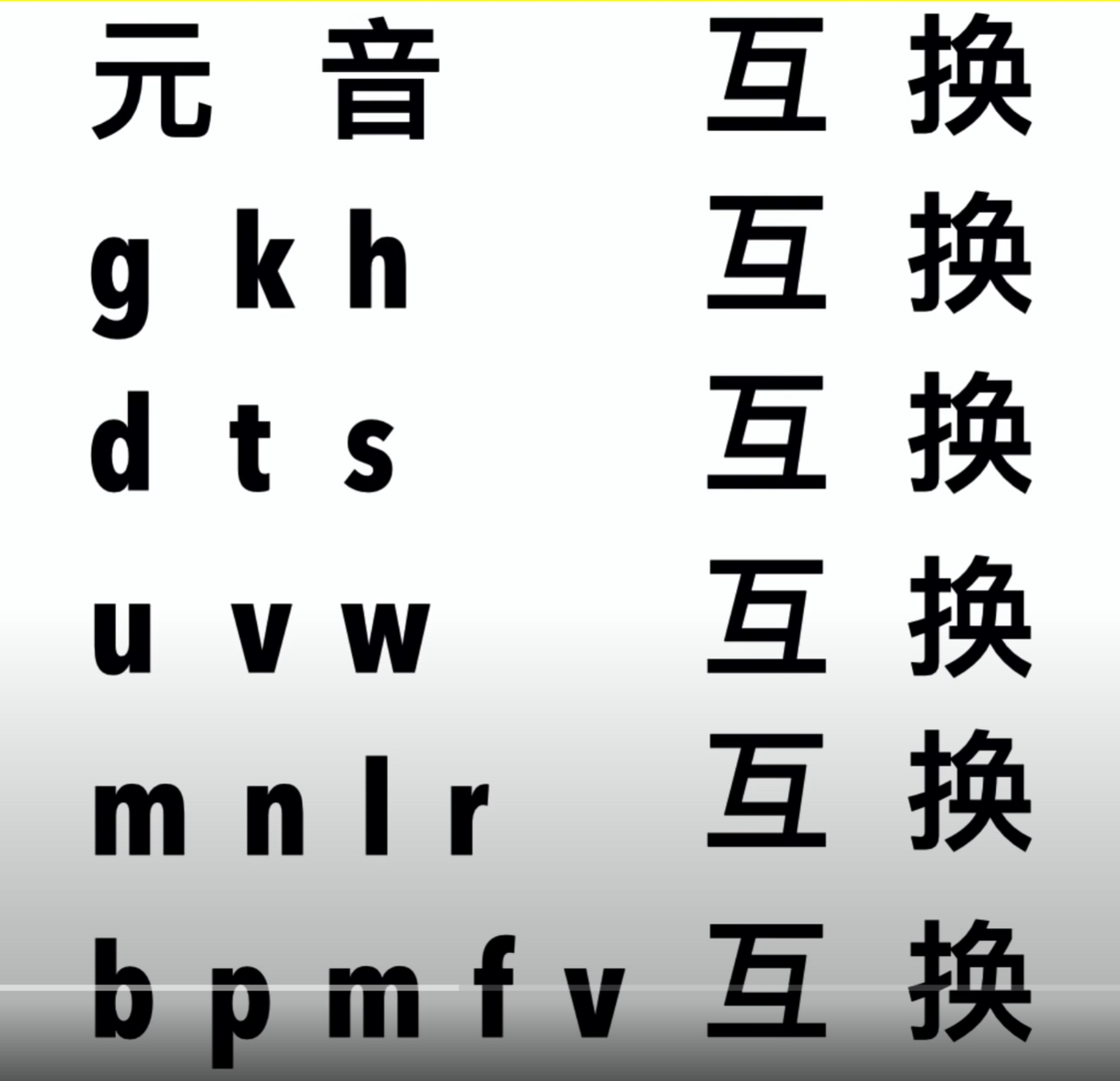
3C開箱,投資總經加密貨幣等主題都會寫,合作邀約:repoker070@gmail.com https://bit.ly/m/yuchen 若是你覺得寫得還不錯,也可以買杯咖啡給我 https://www.buymeacoffee.com/a3556959w
Use Indo-European phonetic variation law to memorize a large number of words
My English grades have been very poor since I was a child. Even though my parents spent a lot of money to send me to tutoring, I still didn't get much improvement. The good family did not mess up in several large exams, and even brought my grades back to the average in Taiwan. As I get older, I gradually realize the benefits of good English. In the cryptocurrency field or other fields, most of the first-hand information is composed of English. So if you are fluent in English, you don't need to watch a lot of poor translations and suffer from slow speeds.
However, there is no large-scale use. The accumulation speed of English words is very limited. Because Europeans and Americans have been immersed in the environment for a long time, they can gradually accumulate vocabulary. However, for me in Taiwan, the accumulation speed will be different. But kunai is a very good way to accumulate slowly. A few days ago, I saw a video recommended by the youtube algorithm, which briefly explained the logic of the so-called Indo-European voice change (because the teacher wants to sell the class, so he still hides the tricks), but it also gave me a kind of sudden start. I feel that many people may have heard the so-called affix root memory method, which splits a long word into root combinations, so it can be remembered better, but even so there are hundreds of commonly used English root words, if no one organizes them. Not very good to recite. However, the lecturer took two steps forward on the basis of the root. The root does not actually need to be memorized. The formation and evolution of the root can also be followed in a regular way. The bottom layer can even be pushed to the meaning behind the letter itself. For example from the following case:

Some teachers will teach that sim is the same root, and tane is the root of time, just memorize it. But actually sim=same, tane=time. It's not a slap in the face. In the Indo-European language family, vowels such as a, e, i, o, and u are often replaced with each other, and m, n, l, and r are often interchanged in use. becomes as shown below

In addition, there are some rules for consonant replacement, but in general, after this, the difficulty of simplifying learning for lazy people in English is even higher, just like Chinese characters are divided into radicals, each The reason why each radical grows like that has its logic behind it, the pictographic meaning of wood or human, and so on.
Because I'm lazy, I don't have a lot of notes organized so far, so I won't post them for the time being. This method worked for me, maybe for many I just discovered something that others already knew, but I wish I knew it when I was in school, but unfortunately I can't go back
I may discuss it next time when there is time. The evolution of East Asian and European and American writing and language systems is likely to be completed.
Like my work?
Don't forget to support or like, so I know you are with me..
Comment…